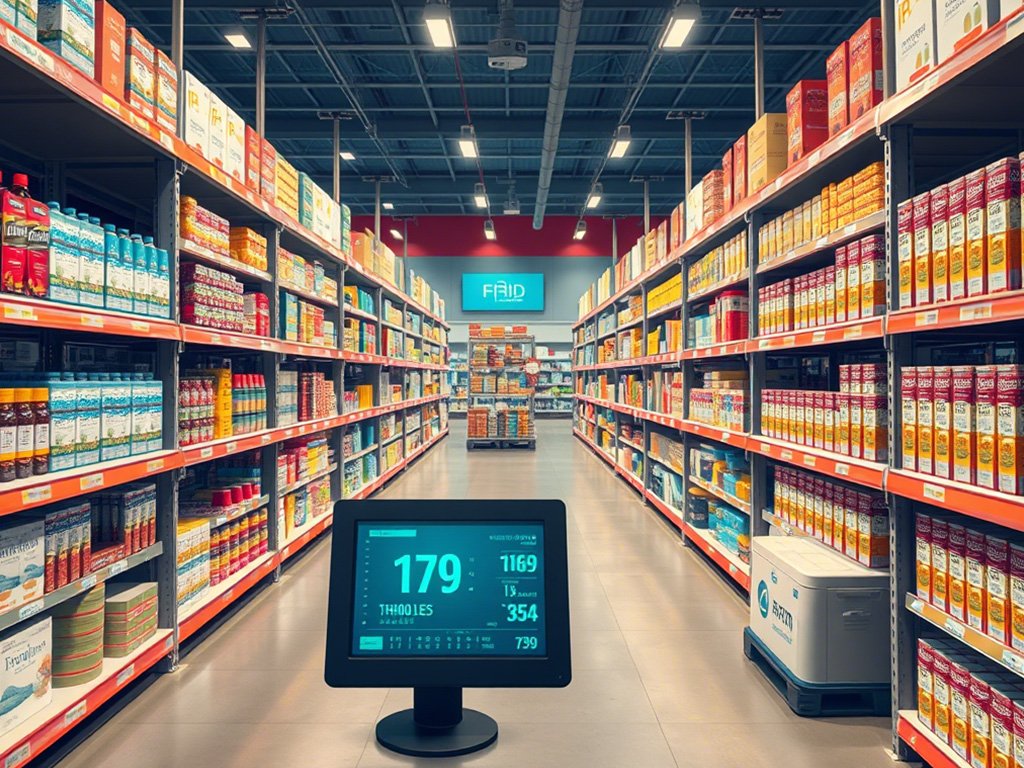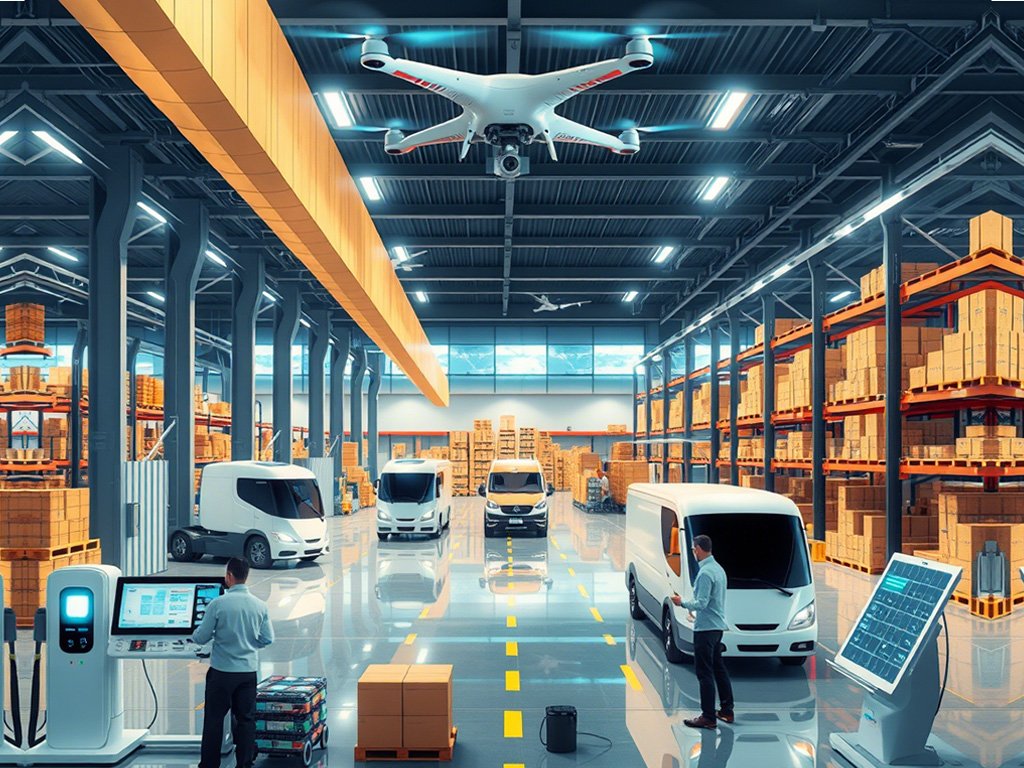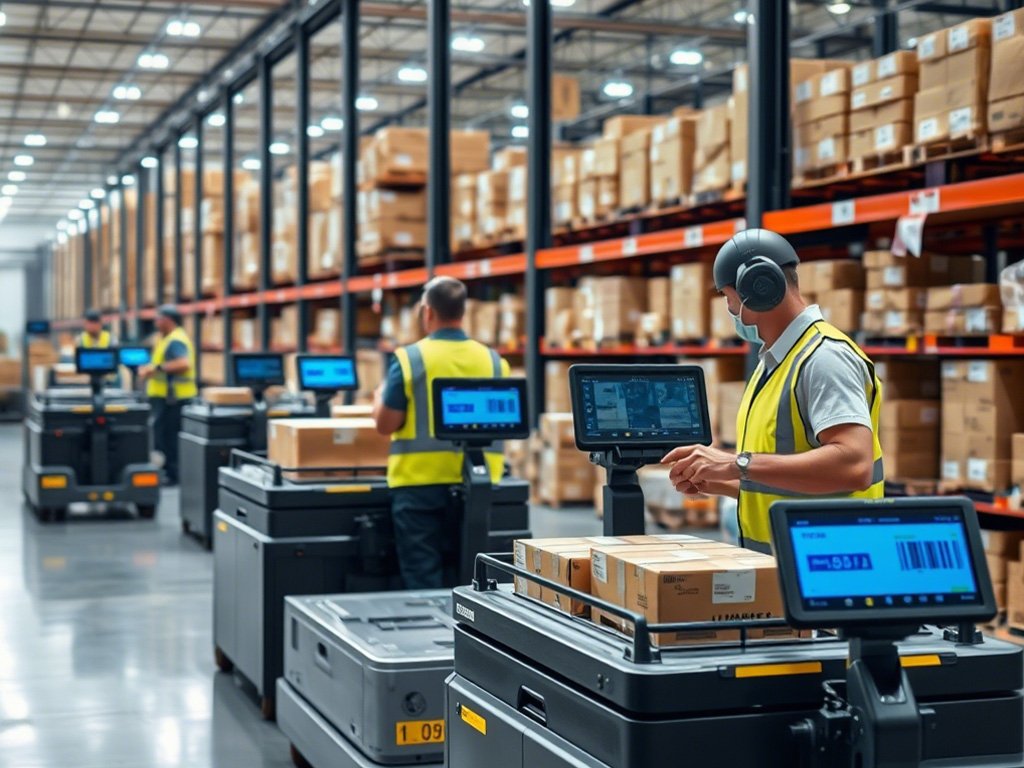
From Barcodes to AI: The Evolution of Data Capture Technology
In the modern world, data is the lifeblood of businesses, governments, and organizations. But how did we get here? The journey of data capture technology has been nothing short of revolutionary, evolving from simple barcodes to sophisticated artificial intelligence (AI) systems that can interpret and act on vast amounts of information in real time. This evolution has transformed industries, streamlined operations, and opened up new possibilities for innovation.
In this article, we’ll explore the fascinating history of data capture technology, its milestones, and how AI is shaping its future.
1. The Humble Beginnings: Barcodes
The story of data capture begins with the invention of the barcode in the 1940s. Norman Joseph Woodland and Bernard Silver, two American inventors, developed the first barcode as a way to automate grocery checkout processes. Their idea was simple yet groundbreaking: encode product information into a series of lines that could be scanned and decoded by machines.
How Barcodes Worked
Barcodes use a combination of black and white bars to represent numbers or characters. When scanned by a laser or camera, the pattern is translated into readable data. This innovation revolutionized inventory management and retail operations, allowing businesses to track products efficiently and reduce human error.
Impact of Barcodes
- Retail: Supermarkets adopted barcodes to speed up checkout processes and improve inventory accuracy.
- Logistics: Warehouses used barcodes to track shipments and manage stock levels.
- Healthcare: Hospitals began using barcodes to track patient records and medications.
While barcodes were a game-changer, they had limitations. They could only store limited information and required line-of-sight scanning. This paved the way for the next evolution in data capture technology.
2. The Rise of QR Codes and RFID
As businesses demanded more robust solutions, newer technologies emerged to address the shortcomings of traditional barcodes.
QR Codes
Quick Response (QR) codes, invented in 1994 by Denso Wave, took data capture to the next level. Unlike barcodes, QR codes can store significantly more information—up to several hundred times more—and can be scanned from any angle. They quickly gained popularity in marketing, ticketing, and contactless payments.
Applications of QR Codes:
- Restaurants use QR codes for digital menus.
- Event organizers use them for e-tickets and attendee tracking.
- Marketers embed links in QR codes to drive traffic to websites or social media pages.
RFID Technology
Radio Frequency Identification (RFID) marked another leap forward. Unlike barcodes, which require direct scanning, RFID tags use radio waves to transmit data wirelessly. This made it possible to track items without line-of-sight, enabling real-time monitoring in supply chains, retail, and even livestock management.
Benefits of RFID:
- Improved inventory accuracy.
- Enhanced security and anti-theft measures.
- Seamless integration with IoT devices.
Together, QR codes and RFID expanded the scope of data capture, making it faster, more versatile, and more reliable.
3. The Advent of Machine Learning and AI
While barcodes, QR codes, and RFID laid the foundation for efficient data capture, the true transformation came with the rise of machine learning and artificial intelligence (AI). These technologies have taken data capture beyond mere identification to enable intelligent analysis and decision-making.
Computer Vision
One of the most significant advancements in data capture is computer vision, a field of AI that allows machines to "see" and interpret visual data. Using cameras and advanced algorithms, computer vision systems can recognize objects, read text, and even detect anomalies in real time.
Examples of Computer Vision in Action:
- Retail: Smart shelves equipped with cameras monitor stock levels and alert staff when items need restocking.
- Manufacturing: AI-powered cameras inspect products for defects during production, ensuring quality control.
- Security: Facial recognition systems enhance safety by identifying individuals in crowded spaces.
Natural Language Processing (NLP)
Another breakthrough is NLP, which enables machines to understand and process human language. This has revolutionized data capture in fields like customer service, healthcare, and legal documentation.
Applications of NLP:
- Chatbots extract key information from customer queries to provide personalized responses.
- Medical transcription software converts doctors’ notes into structured electronic health records.
- Legal firms use NLP tools to analyze contracts and identify critical clauses.
Predictive Analytics
AI doesn’t just capture data—it interprets it. Predictive analytics uses historical data and machine learning algorithms to forecast trends, optimize operations, and mitigate risks. For example:
- Retailers predict consumer demand to adjust inventory levels.
- Logistics companies optimize delivery routes based on traffic patterns and weather conditions.
4. Real-World Applications of Advanced Data Capture
The convergence of barcodes, RFID, and AI has led to innovative applications across industries:
A. Healthcare
Hospitals use AI-powered data capture systems to streamline workflows. For instance:
- RFID wristbands track patients’ locations and medical histories.
- Computer vision analyzes X-rays and MRIs to assist radiologists in diagnosing diseases.
B. Retail
Retailers leverage AI to create seamless shopping experiences:
- Amazon Go stores use computer vision and sensors to enable cashier-less checkouts.
- Recommendation engines analyze purchase history to suggest personalized products.
C. Supply Chain Management
AI-driven data capture optimizes supply chain visibility:
- Sensors monitor temperature and humidity for perishable goods.
- Predictive analytics identifies potential disruptions in the supply chain.
5. Challenges and Ethical Considerations
Despite its many benefits, the evolution of data capture technology raises important questions:
A. Privacy Concerns
With AI systems collecting vast amounts of personal data, there’s growing concern about privacy and surveillance. Businesses must ensure compliance with regulations like GDPR and CCPA to protect user information.
B. Bias in AI
AI models are only as good as the data they’re trained on. If the training data contains biases, the system may produce unfair or inaccurate results. Addressing bias is crucial to building trustworthy AI systems.
C. Cybersecurity Risks
As data capture becomes more interconnected, the risk of cyberattacks increases. Organizations must invest in robust cybersecurity measures to safeguard sensitive information.
6. The Future of Data Capture Technology
Looking ahead, the future of data capture is poised to become even more intelligent and integrated. Here are some trends to watch:
A. Edge Computing
Edge computing processes data locally on devices rather than sending it to centralized servers. This reduces latency and enhances real-time decision-making, making it ideal for IoT-enabled data capture systems.
B. Augmented Reality (AR)
AR overlays digital information onto the physical world, creating immersive data capture experiences. For example, technicians can use AR glasses to scan equipment and receive instant diagnostics.
C. Blockchain Integration
Combining data capture with blockchain ensures transparency and immutability. This is particularly valuable in industries like food safety, where traceability is critical.
D. Autonomous Systems
Fully autonomous systems powered by AI will handle end-to-end data capture and analysis. From self-driving delivery trucks to smart factories, these systems will redefine efficiency and productivity.
Conclusion
The evolution of data capture technology—from barcodes to AI—has been a remarkable journey. What started as a simple way to track products has grown into a sophisticated ecosystem capable of transforming entire industries. As AI continues to advance, the possibilities for innovation are limitless.
For businesses, staying ahead means embracing these technologies and leveraging their full potential. By doing so, they can unlock new efficiencies, deliver better customer experiences, and drive sustainable growth.
The future of data capture isn’t just about collecting information—it’s about turning that information into actionable insights. And with AI leading the charge, the best is yet to come.




